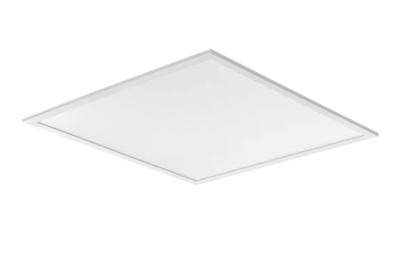Cooper Lighting Solutions Introduces New 1200W Low-Voltage Power Module

June 21, 2021
Cooper Lighting Solutions has announced the addition of a new 1200W Low-Voltage Power Module to its market-leading WaveLinx Wireless system. With the introduction of the module, WaveLinx now features a hybrid solution that combines the benefits of both wireless connected lighting technology with a class 2 low-voltage microgrid. The new power module was designed to solve real-world challenges within the electrical contractor community.
“With wages in the construction industry outpacing the inflation rate and the increase of wiring costs, electrical contractors are looking for solutions to get the job done faster and at a lower cost,” said Eric Jerger, VP of Indoor Lighting and Connected Systems. “The module simplifies the design and installation of lighting systems by combining the benefits of click-n-go class 2 wiring for luminaires and wireless communication for controls. This combination can significantly reduce installation time and installed project cost in applications like schools, offices, and healthcare facilities.”
Each power module is capable of supporting dozens of low-voltage luminaires across one or multiple rooms. The cable providing low-voltage power also provides individually addressable luminaire communication. The module is fully integrated with the WaveLinx system, enabling contractors to use WaveLinx wireless accessories (sensors, keypads, receptacles) to complete their code-compliant lighting system and use Cooper Lighting’s award-winning WaveLinx Mobile App to program the system.
Cooper Lighting low-voltage luminaires are shipped with or without the WaveLinx integrated sensor. The data generated by low-voltage luminaires can be shared with Trellix, Cooper Lighting’s Smart Spaces platform, and other third-party systems to enable value-added applications.
WaveLinx wireless installations manage more than 40 million square feet today. The addition of low-voltage capabilities is expected to accelerate the growth of the WaveLinx footprint as a more economical alternative to both traditional wiring and Power over Ethernet (PoE) installations.
Go HERE for more information.










![Guide to the Canadian Electrical Code, Part 1[i], 26th Edition – A Road Map: Section 10 – Grounding and Bonding](https://electricalindustry.ca/wp-content/uploads/2022/11/Guide-CE-Code-2.png)





